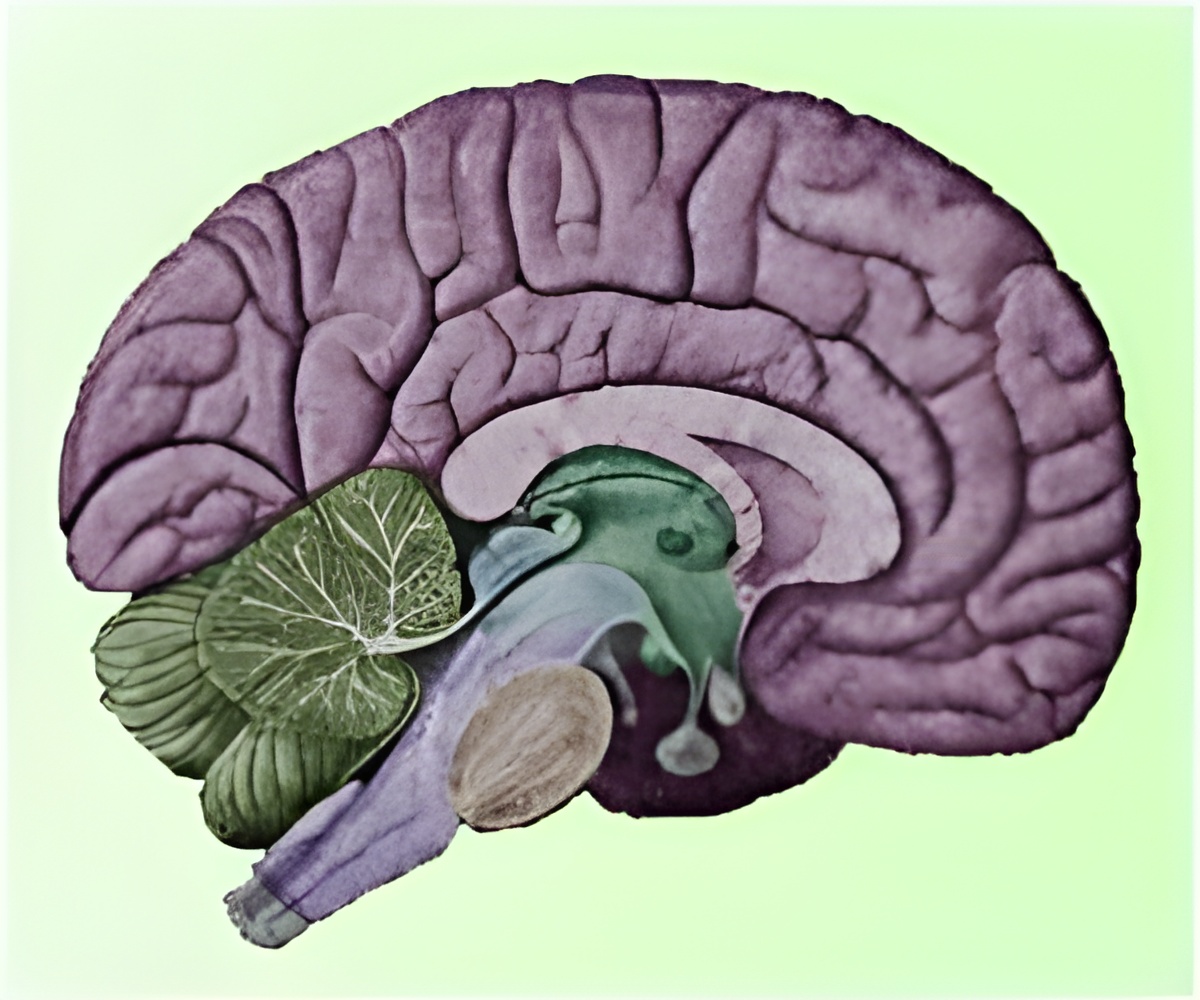
Deprived and enriched environments had opposite effects. The brains of the socially isolated mice accumulated neural stem cells but not neurons. The brains of mice housed in enriched environments produced far more neurons, but not more stem cells. The average mouse dentate gyrus, the area of the hippocampus where neurogenesis takes place, has about 500,000 neurons; the enriched environment caused an increase of about 70,000 neurons.
"We already knew that enriching environments are neurogenic, but ours is the first report that neural stem cells, currently thought of as 'quiescent,' can accumulate in the live animal," said Dr. Dranovsky. "Since this was revealed simply by changing the animal's living conditions, we think that it is an adaptation to stressful environments. When conditions turn more favorable, the stockpiled stem cells have the opportunity to produce more neurons a form of 'neurons on demand.'"
The researchers also looked at neuronal survival. They found that social isolation did not cause it to decrease. Scientists already knew that environmental enrichment increased neuronal survival―further increasing the neuron population.
To a lesser extent, location within the hippocampus affected whether stem cells became neurons. While the ratio of stem cells to neurons remained constant in the lower blade of the dentrate gyrus, it varied in the upper blade.
Age also affected the results. After three months, the brains of the isolated mice stopped accumulating neural stem cells. But the mice in enriched environments continued to produce more neurons.
Advertisement
"The long-term goal." Said Dr. Dranovsky, "is to figure out how to instruct neural stem cells to produce neurons or more stem cells. This could lead to the eventual use of stem cells in neuronal replacement therapy for neurodegenerative diseases and other central nervous system conditions."
Advertisement















